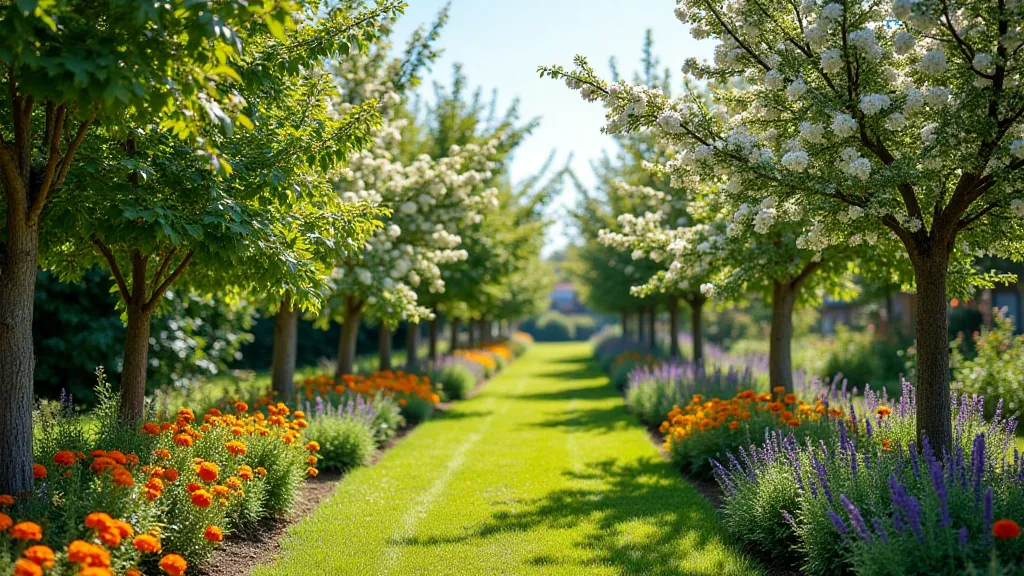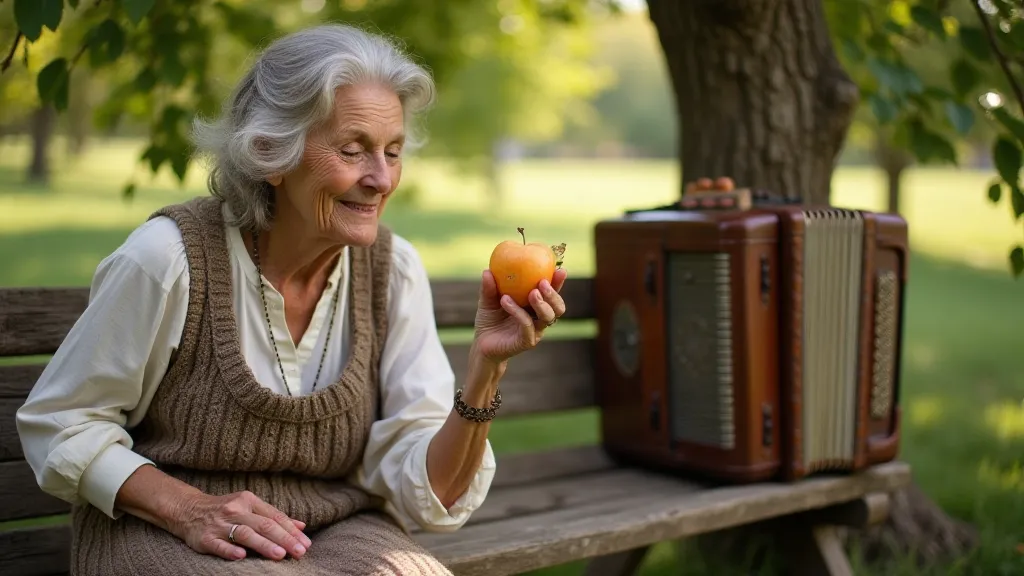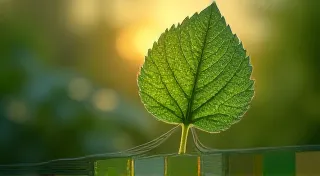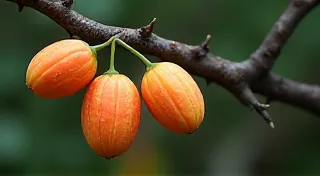The Fruit’s Shadow: Addressing Common Pests & Diseases with Holistic Approaches
There’s a certain melancholy beauty in the shadows cast by antique accordions. They’re instruments that have witnessed joy, sorrow, and countless stories whispered into their bellows. Each worn key, each faded register, speaks volumes about the hands that have coaxed music from them, and the lives they've accompanied. Just as a master accordionist understands the delicate balance needed to produce vibrant music, cultivating an unusual backyard orchard demands a profound respect for the ecosystem and a nuanced approach to its challenges – the shadows, if you will, that threaten the fruit’s promise.
Our desire to grow uncommon fruit – the pawpaws with their custard-like flesh, the medlars yielding russet-gold preserves, the quince lending its fragrant perfume to baking – stems from a longing for connection. A connection to heritage, to flavors lost to the industrialized food system, and to the ingenuity of past generations who painstakingly nurtured these varieties. But that connection isn't simply about planting a tree and hoping for the best. It's about understanding the intricate web of life that supports it, and becoming a conscientious steward of that ecosystem.
The conventional wisdom in fruit growing often revolves around spraying – a quick, seemingly effective solution to pest and disease problems. However, in an orchard dedicated to heirloom varieties, chosen for their unique qualities and resilience, this approach feels... wrong. It feels like silencing the music before it truly begins. These antique fruits aren’t designed to withstand a constant barrage of chemicals; they thrive on a balance, a natural resistance built over decades, even centuries, of selective breeding.

Understanding the Natural Ecosystem of the Orchard
Before we can address pests and diseases effectively, we need to appreciate what a healthy orchard *is*. It’s not just about the fruit trees; it’s about the soil teeming with life, the beneficial insects flitting among the blossoms, the birds providing natural pest control, and even the fungi playing a crucial role in nutrient cycling. Think of a beautifully restored accordion – each component, from the reeds to the buttons, works in harmony to create a complete, functional instrument. A disrupted system, like a poorly maintained accordion, falls silent.
So, what are the common threats to our unusual fruits? Codling moths are a perennial problem, boring into apples and pears, leaving frustratingly empty cores. Brown rot can devastate stone fruits like plums and apricots. Apple scab and fire blight can wreak havoc on apple and pear trees, respectively. And let’s not forget the ever-present aphids and scale insects.
Moving Beyond Chemical Intervention: A Holistic Approach
The key to addressing these challenges isn’t eradication; it’s *management*. It’s about creating an environment that encourages beneficial organisms to thrive and naturally suppress pest and disease populations. This requires a shift in mindset, a move away from quick fixes and towards long-term sustainability. Much like a meticulous accordion restoration aims to preserve and enhance the original instrument's character, a holistic orchard management strategy focuses on nurturing the tree’s inherent strengths.
Let's explore some practical strategies:
Biological Pest Control: Inviting Allies
Introducing beneficial insects is like recruiting skilled musicians to join the orchestra of your orchard. Ladybugs, lacewings, and parasitic wasps are voracious predators of aphids and other soft-bodied pests. Attracting these allies can be as simple as planting flowering herbs and companion plants that provide them with nectar and pollen. Burying small piles of citrus peels can also attract predatory beetles – a natural treat for these hungry helpers.
Companion Planting: A Symbiotic Relationship
Companion planting isn't just about aesthetics; it's about creating synergistic relationships between plants. Marigolds, for instance, are known to repel nematodes and other soil pests. Garlic and onions can deter aphids and codling moths. Nasturtiums act as trap crops, drawing aphids away from the fruit trees. Think of it like carefully selecting the reeds for an accordion - some are brighter, some darker, but all contribute to the overall tone.

Promoting Soil Health: The Foundation of Resilience
Healthy soil is the bedrock of a thriving orchard. It’s where the trees draw their nutrients and water, and it’s also a haven for beneficial microbes and fungi. Regularly amending the soil with compost, manure, and other organic matter improves its structure, fertility, and drainage. Cover cropping – planting crops like rye or clover between the fruit trees – helps to suppress weeds, prevent erosion, and add organic matter to the soil. Just as a seasoned accordionist understands the importance of consistent practice, nurturing healthy soil requires ongoing attention and care.
Pruning and Sanitation: Maintaining Airflow and Hygiene
Proper pruning is essential for maintaining the health and productivity of fruit trees. It improves airflow, which reduces humidity and helps to prevent fungal diseases. Removing diseased or damaged branches promptly prevents the spread of infection. Sanitation is also crucial – raking up fallen leaves and fruit removes overwintering sites for pests and pathogens.
Monitoring and Early Intervention: A Watchful Eye
Regularly inspecting your fruit trees for signs of pests and diseases is key to early intervention. Catching problems early allows you to take corrective action before they become severe. Simple techniques like sticky traps can help to monitor insect populations. A keen eye, like a discerning ear recognizing subtle variations in an accordion's tone, can make all the difference.
The Reward of Patience and Perseverance
Growing unusual fruits with a holistic approach requires patience and perseverance. It’s a journey, not a destination. There will be challenges along the way – unexpected pest outbreaks, fungal diseases, and crop failures. But the rewards are immeasurable. The joy of harvesting fruits that are truly unique and flavorful, the satisfaction of knowing that you’re cultivating a thriving ecosystem, and the connection to a rich heritage – these are the treasures that await those who embrace a mindful and sustainable approach to fruit growing.
And just as an antique accordion, carefully restored and lovingly played, resonates with the music of generations past, a holistically managed orchard provides a taste of history and a connection to the natural world, a melody of flavor and sustainability echoing through the years.






